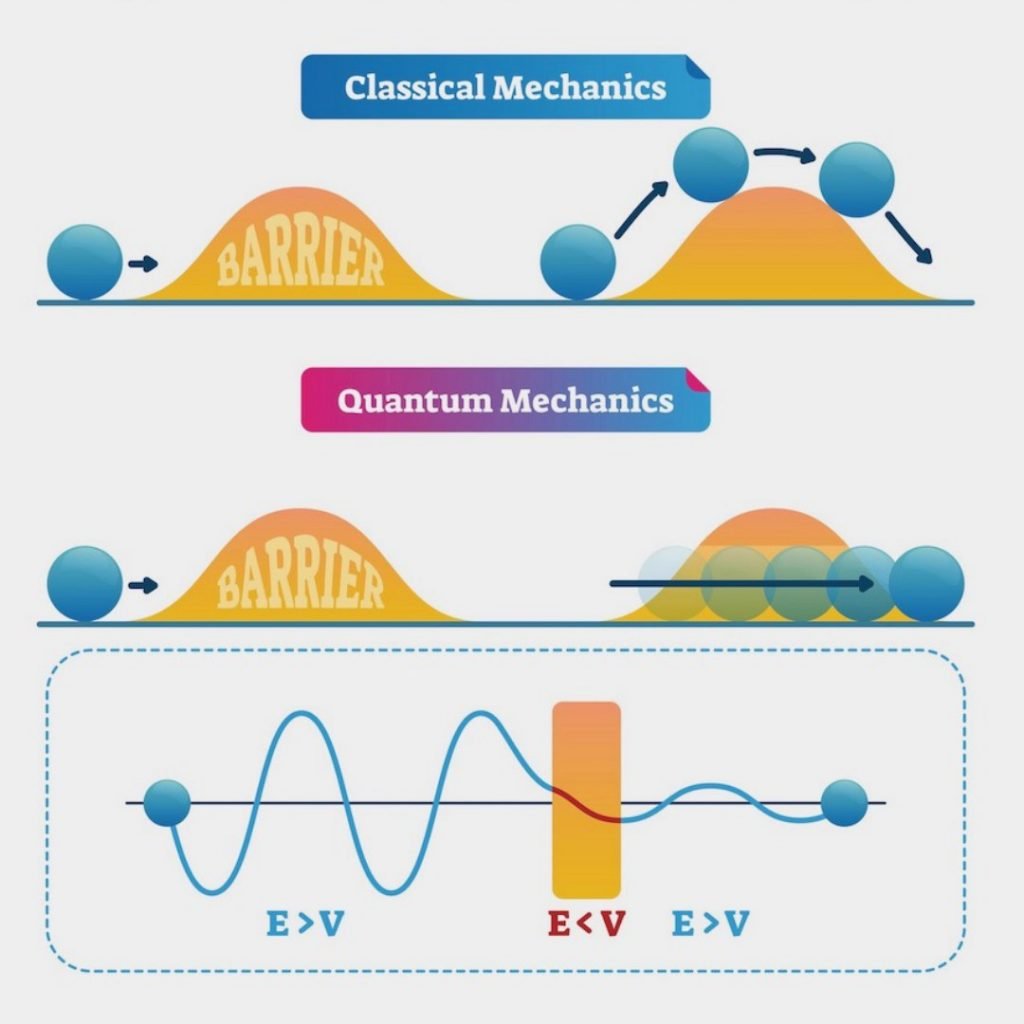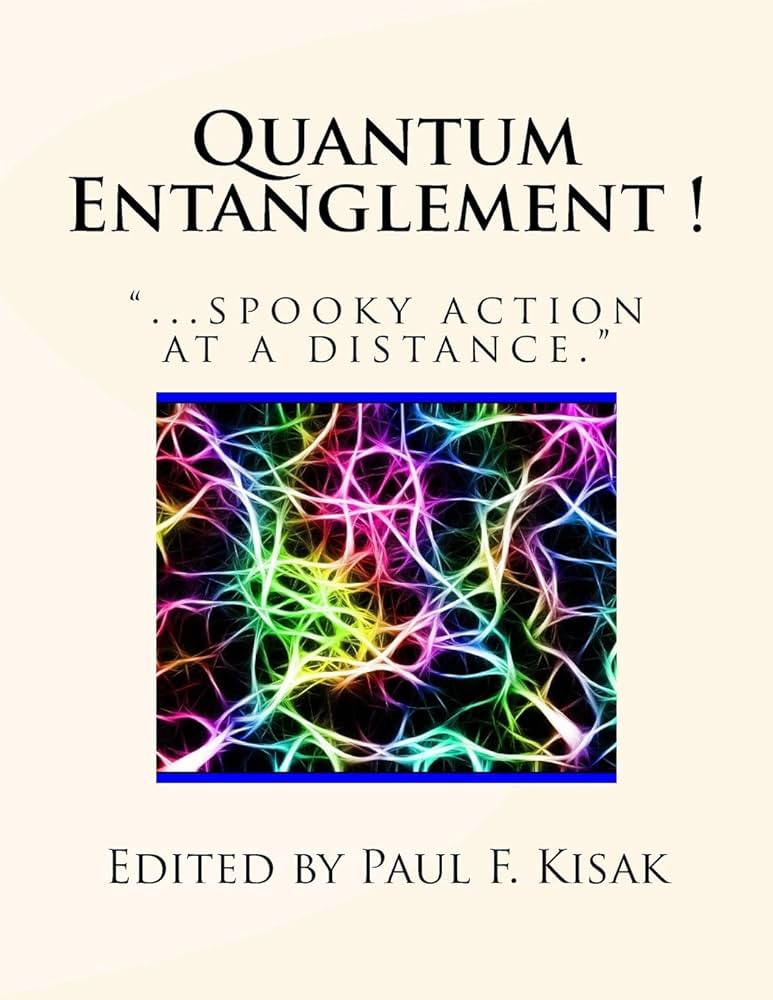Introduction
Quantum physics, often described as the weirdest and most enigmatic branch of science, is a realm where the ordinary rules of classical physics break down. It’s a place where particles can be in two places at once, where time and space are interconnected, and where the mere act of observation can fundamentally alter the behavior of particles. Among the many perplexing phenomena in the quantum world, the Double-Slit Experiment stands out as a cornerstone of mystery and intrigue.
In this blog post, we will embark on a journey into the fascinating world of the Double-Slit Experiment. We’ll explore its history, its mind-boggling implications, and the ongoing debates surrounding it. By the end, you’ll have a deeper understanding of why this experiment has become a key to unraveling the quantum weirdness that underlies our universe.
The Double-Slit Experiment: A Brief Overview
Before we delve into the intricacies of the Double-Slit Experiment, let’s start with a simple description of the setup. Imagine you have a wall with two narrow slits in it, and you fire particles, such as electrons or photons, at this wall. Behind the wall, there is a screen that captures where these particles land.
In classical physics, we would expect the particles to pass through one of the slits and create two distinct bands on the screen. However, in the quantum realm, things take a bewildering turn. When particles are sent through the double slits one at a time, they don’t behave as individual particles should. Instead, they behave as if they are waves, creating an interference pattern on the screen, similar to what you’d see with light waves passing through two slits.
This behavior is perplexing because it suggests that each particle is not just a particle but also a wave. It’s as if the particles are in multiple places at once, interfering with themselves. But the strangeness doesn’t end there. When scientists try to observe which slit the particles go through, something even more bizarre happens. The act of observation collapses the wave-like behavior, and the particles start behaving like discrete entities again, creating two separate bands on the screen.
This duality of behavior—particles acting as both waves and particles—is at the heart of the Double-Slit Experiment and is a fundamental concept known as wave-particle duality.
Historical Background
The Double-Slit Experiment was first performed by Thomas Young in 1801. Young’s experiment involved shining light through two slits and observing the interference pattern it created on a screen. This experiment provided compelling evidence for the wave-like nature of light.
Wave-particle duality became a central theme in quantum physics in the early 20th century when physicists began to apply it to particles other than light. This led to groundbreaking discoveries by scientists like Louis de Broglie, who proposed that particles like electrons also exhibit both wave and particle characteristics. He introduced the concept of matter waves, which laid the foundation for understanding how particles could exhibit wave-like behavior.
The Quantum Conundrum: Superposition and Observation
One of the most mind-bending aspects of the Double-Slit Experiment is the concept of superposition. When particles exhibit wave-like behavior, they seem to exist in a superposition of all possible states, meaning they are in multiple places or states simultaneously. This is a direct challenge to our classical intuition, where an object is either here or there, but not both at once.
Superposition is a fundamental feature of quantum mechanics and is not limited to the Double-Slit Experiment. It forms the basis of quantum computing, where qubits can represent both 0 and 1 simultaneously, offering the potential for exponentially faster calculations.
However, the moment we try to measure or observe a particle in superposition, something extraordinary happens. The wave function collapses, and the particle assumes a definite state. This collapse is triggered by the act of observation itself, leading to one of the most profound and controversial aspects of quantum physics—the observer effect.
The observer effect suggests that consciousness or measurement plays a fundamental role in the behavior of quantum systems. It implies that reality is not objective and independent of observation but is, in some sense, created or influenced by the act of observation. This idea has sparked intense philosophical debates about the nature of reality and the role of consciousness in the quantum world.
Quantum Entanglement: Spooky Action at a Distance
The mysteries of the Double-Slit Experiment don’t end with wave-particle duality and the observer effect. Another phenomenon closely related to this experiment is quantum entanglement.
Entanglement occurs when two particles become correlated in such a way that the state of one particle instantly influences the state of the other, even when they are separated by vast distances. Albert Einstein famously referred to this as “spooky action at a distance” and found it deeply unsettling. He questioned whether quantum mechanics could be considered a complete theory because of this seemingly non-local connection between entangled particles.
The Double-Slit Experiment has played a crucial role in demonstrating the reality of quantum entanglement. When particles with entangled properties are sent through the double slits, their behavior is still correlated, even though they are far apart. Observing one particle’s path instantly tells us something about the path of its entangled partner, regardless of the distance between them.
The Interpretation Dilemma
One of the enduring mysteries of quantum physics is the interpretation dilemma. The mathematical formalism of quantum mechanics provides remarkably accurate predictions for the behavior of particles and waves in the quantum realm. However, it does not offer a clear and intuitive picture of what is happening at a fundamental level.
Several interpretations of quantum mechanics have been proposed over the years, each with its own take on the nature of reality in the quantum world. Some of the most well-known interpretations include:
Copenhagen Interpretation: This is the orthodox interpretation, which views the act of measurement as causing the collapse of the wave function. It does not provide a clear explanation of what happens when a particle is not being observed.
Many-Worlds Interpretation: This interpretation suggests that every possible outcome of a quantum measurement actually occurs in separate parallel universes. It offers a way to explain superposition and the observer effect but raises questions about the nature of these parallel realities.
Pilot-Wave Theory: This theory proposes that particles are guided by hidden pilot waves that determine their behavior. It provides a deterministic explanation for quantum phenomena but introduces non-local interactions.
Objective Collapse Theories: These theories propose that the wave function collapses spontaneously without the need for observation, providing a solution to the measurement problem.
The choice of interpretation remains a matter of philosophical debate among physicists, and the Double-Slit Experiment continues to be at the center of these discussions. The experiment’s ability to challenge our understanding of reality and provoke deep philosophical questions is a testament to its importance in the world of quantum physics.
Applications and Future Implications
While the Double-Slit Experiment has baffled and intrigued scientists for centuries, it also has practical applications. For instance, it has been used to test the properties of materials and study how electrons behave in various situations. Understanding wave-particle duality and the behavior of quantum particles is crucial for the development of new technologies, including quantum computing and quantum communication.
Furthermore, the philosophical implications of the Double-Slit Experiment extend far beyond the realm of physics. They touch upon questions about the nature of reality, the role of consciousness in the universe, and the boundaries of human knowledge.
As our understanding of quantum physics deepens and technology advances, we may gain new insights into the nature of the quantum world and its relationship with the macroscopic world we experience in our everyday lives. The Double-Slit Experiment, with all its perplexing mysteries, will undoubtedly continue to play a central role in this ongoing exploration of quantum weirdness.
Conclusion
The Double-Slit Experiment remains one of the most iconic and enigmatic experiments in the history of science. It challenges our intuitions, stretches the limits of our understanding, and invites us to contemplate the very nature of reality itself. From wave-particle duality to the observer effect and quantum entanglement, this experiment has paved the way for a deeper exploration of the quantum realm.
As we continue to unravel the mysteries of quantum physics, the Double-Slit Experiment serves as a guiding light, illuminating the profound and often perplexing nature of the quantum world. It reminds us that the universe is far stranger and more wondrous than we could ever imagine, and that the pursuit of knowledge knows no bounds, even in the face of quantum weirdness.





